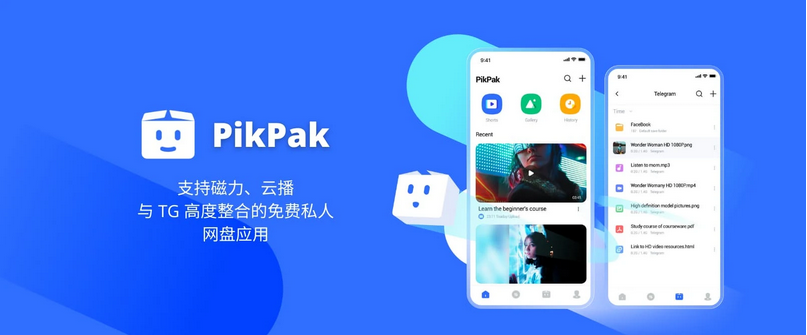
推荐阅读:
[AI-人工智能]免翻墙的AI利器:樱桃茶·智域GPT,让你轻松使用ChatGPT和Midjourney - 免费AIGC工具 - 拼车/合租账号 八折优惠码: AIGCJOEDISCOUNT2024
[AI-人工智能]银河录像局: 国内可靠的AI工具与流媒体的合租平台 高效省钱、现号秒发、翻车赔偿、无限续费|95折优惠码: AIGCJOE
[AI-人工智能]免梯免翻墙-ChatGPT拼车站月卡 | 可用GPT4/GPT4o/o1-preview | 会话隔离 | 全网最低价独享体验ChatGPT/Claude会员服务
[AI-人工智能]边界AICHAT - 超级永久终身会员激活 史诗级神器,口碑炸裂!300万人都在用的AI平台
本文介绍了如何使用AI技术来增强语言技能。文章详细讨论了如何利用OpenAPI 3.0来创建API文档,并提出了优化OpenAI文本生成技术的方法。还提供了几种改进语言模型的技术和方法,包括改进预训练数据、改进编码器结构、改进模型架构等。文章总结了这些改进对提高语言技能的影响,以及它们在未来的发展趋势。
As artificial intelligence (AI) continues to advance, the capabilities of language generation systems have become increasingly sophisticated and efficient. OpenAI, one of the leading AI research organizations, has made significant strides in this area with their text generation technology, which is transforMing how we communicate and interact with machines.
Introduction
Text generation refers to the process of creating human-like texts that can mimic or surpass the quality of human-written content. The goal of text generation technology optimization is to enhance its Efficiency and effectiveness by improving algorithms, training data, and user interfaces. This not only enables more natural language processing but also opens up new POSsibilities for applications across various industries.
Key Technologies
1. Generative Pre-Training
Generative pre-training involves training large language models on vast amounts of unstructured text from the internet, aiming to improve their ability to understand and generate coherent text based on input prompts. This method significantly reduces the need for extensive manual programming and allows for the creation of highly nuanced and diverse responses.
2. Deep Learning Techniques
Deep learning architectures such as transformer networks, recurrent neural networks, and attention mechanisms have revolutionized the field of natural language processing. These techniques enable the model to learn complex patterns in text data, leading to improved accuracy in text generation tasks.
3. Data Augmentation and Unsupervised Learning
Data augmentation involves applying random transformations to training data to increase diversity and variety in the dataset. Unsupervised learning methods like autoencoders and generative adversarial networks (GANs) help in generating synthetic text samples without relying on labeled data, thus reducing computational costs.
Optimizing Algorithms
Optimizing algorithms in text generation requires a deep understanding of both machine learning principles and linguistic theories. Researchers often leverage techniques such as gradient descent optimization to minimize loss functions that measure the discrepancy between predicted and actual text outputs. Additionally, employing techniques like early stopping and dropout regularization can prevent overfitting and improve generalization of the model to unseen data.
Enhancing User Interfaces
For effective implementation of text generation technology, intuitive and user-friendly interfaces play a crucial role. These interfaces should provide clear instructions on how to input prompts and receive feedback, ensuring that users can easily adapt to the technology's nuances. Additionally, incorporating visual elements and interactive components can make the interface more engaging and appealing to a broader audience.
Conclusion
The advancement of text generation technology through OpenAI represents a significant leap forward in AI innovation. By optimizing algorithms, utilizing advanced technologies, and enhancing user interfaces, these advancements promise to transform how we create and consume language-based content. As the capabilities of AI continue to expand, the potential applications of text generation will undoubtedly grow, opening doors to new fields of inquiry and discovery. As researchers, developers, and practitioners work together to refine these technologies, the future of communication and expression is poised for unprecedented possibilities.







本文标签属性:
AI语言技能优化:ai语言技能优化方案
OpenAPI 3.0 自动生成API文档:openapi-generator
OpenAI文本生成技术优化:openai文本生成器




